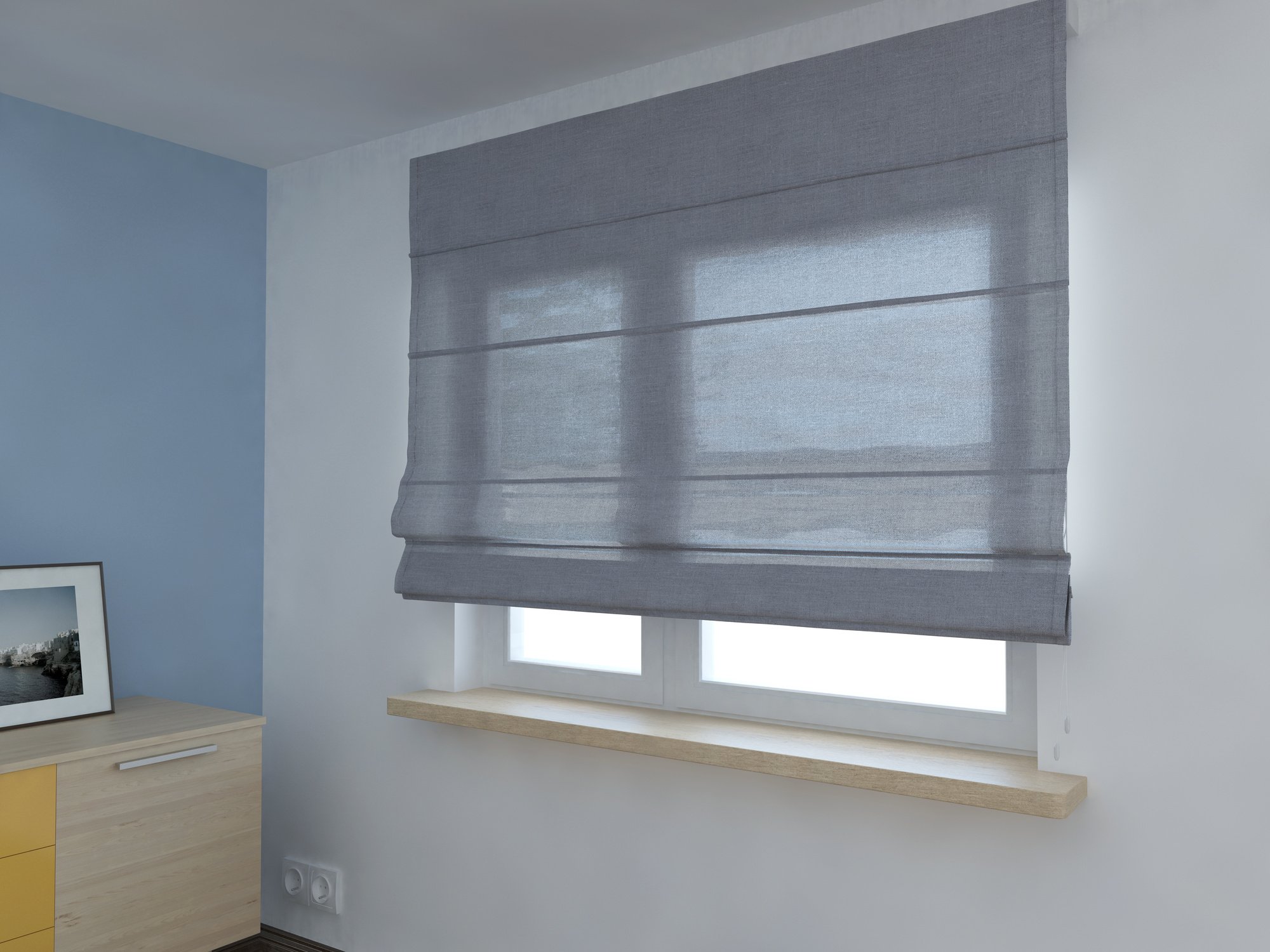Interior design has always evolved alongside culture, technology, and the way we live. From ornate Victorian parlors to sleek mid-century spaces, each era leaves its mark. But as we look ahead, the question of what the future of interior aesthetics holds has become more complex. With shifts in lifestyle, environmental awareness, and digital innovation, the future of home design is shaping up to be more personalized, more ethical, and more experimental than ever before.
This article explores the emerging influences that are redefining what beauty and function mean within our living spaces, and why the future of interior aesthetics will likely be more inclusive, sustainable, and adaptive.
Designing for Identity Over Imitation
In the past, home design often followed rigid trends. One year might be dominated by industrial minimalism, another by rustic farmhouse. While these styles still hold appeal, a growing number of homeowners are turning away from trend-based design in favor of highly personalized interiors that reflect who they are.
The future points toward a more fluid aesthetic where individuality shapes space. Interiors will increasingly blend influences, layering textures, colors, and styles in a way that tells a personal story. This approach invites a wider range of cultural references, vintage finds, and unique objects, resulting in homes that feel curated rather than copied.
This means a move away from formulaic design and a step toward spaces that grow and change with the person living in them.
Sustainability as a Design Pillar
As climate consciousness becomes more mainstream, sustainability is no longer an afterthought. It is becoming central to both how interiors are designed and what they are made from.
The future of aesthetics will be deeply tied to ethical choices. Natural materials, local craftsmanship, reclaimed wood, biodegradable finishes, and long-lasting textiles are gaining importance. Consumers are asking not just “how does this look?” but also “where did this come from?” and “who made it?”
Aesthetic value is now being defined by transparency and responsibility. In this context, décor pieces like modern rugs made with care and quality serve not only as beautiful additions to a room but also as reflections of conscious living. These pieces offer bold, contemporary design while often being handcrafted or produced in small batches, which aligns with this more thoughtful approach.
Digital Living and the Rise of Hybrid Spaces
The home is no longer just a private retreat. It is also an office, a classroom, a gym, and a creative studio. Interior design has had to adapt quickly to accommodate these overlapping roles, and this hybrid functionality is likely to remain a permanent part of future aesthetics.
Design will need to become more flexible, offering modular furniture, multi-purpose rooms, and adaptable storage solutions. Seamless integration of technology will also become a greater focus, with smart lighting, temperature control, and home automation blending subtly into the visual experience.
What’s interesting is that even with increasing digital presence, people are craving balance. Homes of the future may incorporate more organic elements, such as plants, water features, natural light, and tactile materials, to counteract screen fatigue and foster well-being.
Emotionally Intelligent Spaces
Interior aesthetics are also evolving to meet emotional needs. Rather than focusing solely on appearance, designers and homeowners alike are beginning to prioritize how a space makes someone feel.
This involves using color psychology, biophilic design principles, and sensory textures to create environments that support mental and emotional wellness. Softer lighting, curved furniture, layered textiles, and calming colors will likely dominate spaces intended for relaxation, while energizing palettes and bold shapes may define creative zones.
In this future, design becomes a language for emotion. Spaces are crafted with the intention of restoring, inspiring, or energizing, depending on the desired experience.
Global Aesthetics with a Local Soul
Thanks to global access through travel, social media, and online marketplaces, interior inspiration now comes from all corners of the world. Rather than favoring homogenous, international minimalism, the future looks to be more rooted in authenticity.
The next phase of interior design will celebrate global influence while maintaining a deep respect for local tradition. This could be seen in the blending of Scandinavian simplicity with African woven art, or Japanese minimalism paired with bold South American colors.
What brings these influences together successfully is the use of grounding elements that hold visual harmony.
Aesthetics That Evolve with Time
In the future, homes may no longer be designed for static beauty but for their ability to evolve. Flexible design allows for personal reinvention, life changes, and growing families. Instead of fixed arrangements and permanent décor, more people will choose adaptable setups and modular design elements that can shift alongside their needs.
This doesn’t mean sacrificing style. On the contrary, evolving aesthetics can allow for creative freedom and continuous inspiration. Interior design becomes an ongoing journey rather than a final destination.



